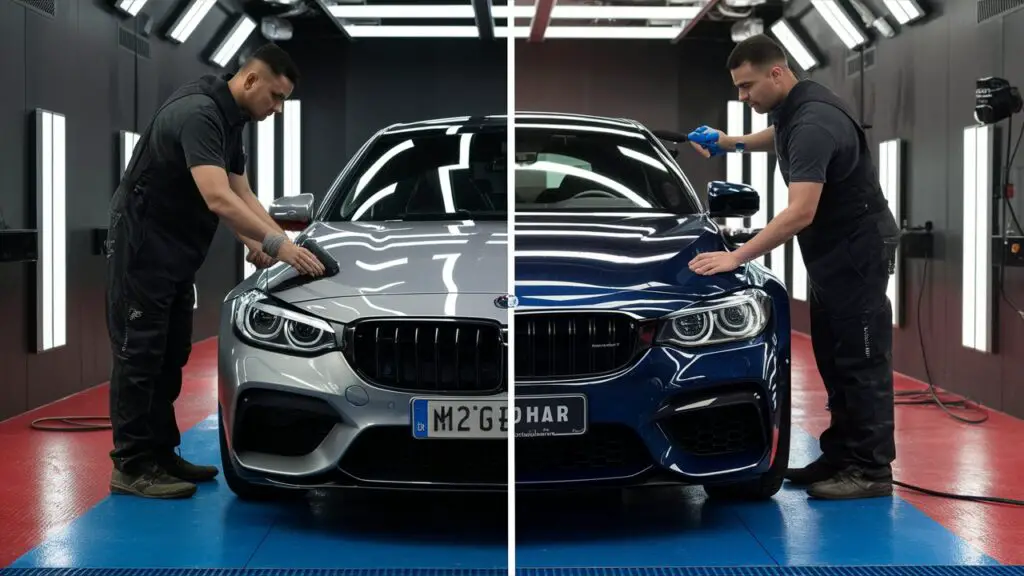
We all know that in auto detailing, meticulous attention to detail is crucial. While novices might overlook certain car care tools as unnecessary or overly specialized, experienced detailers understand that these instruments can elevate the quality of their work significantly.
Here’s a closer look at nine car care tools whose true value is known primarily to those with extensive experience in the field. There is no doubt why Larry Kosilla invests so much in number 8.
1. Dual-action polisher
Unlike standard rotary polishers, which can easily damage the paint if not handled correctly, a dual-action polisher is a specialized tool used for polishing and waxing cars.
it is called a “double action” tool because it has the ability to combine both rotational and orbital movements.
This special design makes it an effective and more efficient way to achieve a smooth and shiny finish on your vehicle.
Professionals highly use these tools because they offer polishing and buffing that produce a flawless finish without the risk of damage.
Why use a dual-action polisher?
Using a dual-action polisher can bring many benefits to car owners. First, the unique action of the machine makes it much easier to achieve a consistent finish than using a rotary polisher alone.
Additionally, the orbital motion helps prevent the tool from overheating, making it a safer way to polish a car.
Finally, the faster polishing speed will help you save time and effort, making it much easier to detail your car.
How do I use a dual-action polisher?
Before using a dual-action polisher, it is important to prepare your vehicle. Start by thoroughly washing and drying the exterior, taking care to remove dirt and debris that could cause scratches.
Next, apply a thin layer of car wax or polish to the buffing pad of your dual-action polisher.
Then place the pad on the painted surface of the car before turning it on. Move the polisher in a circular motion, working slowly over the surface of the car.
Be careful not to go over one area too many times, as this may cause swirls or marks.
2. Clay Bar
Before doing paint correction or wax application, treating the paint with clay or automotive clay—a clay bar—is a great approach to eliminate surface contaminants from your paint.
An automobile clay bar, sometimes referred to as a car clay bar, is a specialist cleaning equipment used to get tough stains from the surface of a car.
Made of a flexible, clay-like substance, it efficiently lifts and catches things conventional washing cannot remove.
Many people view claying as a magical and enigmatic procedure reserved for expert detailers.
why clay bar
Airborne contaminants constantly expose your vehicle’s surface, which will likely stick to your finish and possibly even cause damage.
We all know that regular washings do not always remove all surface contaminants.
You’ll notice that there’s still a film of road grime left behind.
It builds up over time and can only be removed with clay.
When you rub the detailing clay into the surface of your vehicles, it will safely trap these particles and contaminants, leaving a fresh, smooth finish.
Claying not only prevents potential damage from some of these corrosive materials, but it also provides a smooth surface that allows your sealant or wax to adhere better.
3. Detailing Brushes
A detailing brush is a specialized tool used in car cleaning and maintenance. It is designed to clean various surfaces of a vehicle, both interior and exterior, with gentle yet effective bristles that are different from standard paint brushes.
These brushes come in a variety of types to suit different surfaces and cleaning needs in automotive detailing.
why do i need a detail brush
You need a detail brush because it’s essential for thorough car cleaning, especially in hard-to-reach areas where dirt and dust accumulate. It’s used both inside and outside the vehicle.
Externally, it’s ideal for cleaning rims, emblems, grilles, hinges, gaps, and around door handles. Internally, it’s perfect for air vents, decorative elements, LCD screens, and interior corners.
Different brush types suit various surfaces, ensuring effective yet gentle cleaning.
A good quality detail brush allows you to achieve professional-level detailing results, reaching places that other cleaning tools can’t, thus maintaining your car’s appearance and value.

4. Steam cleaning
A car steam cleaner is an eco-friendly cleaning device that uses high-temperature, pressurized steam to clean vehicles thoroughly. It’s needed for professional detailing because:
- It provides deep cleaning and disinfection without harsh chemicals.
- It’s versatile and capable of cleaning various surfaces and vehicle types.
- It’s water-efficient, requiring less water than traditional washing methods.
- It effectively removes stubborn dirt, oil, tar, and other contaminants.
- It’s gentle on car paint and suitable for sensitive surfaces.
- It can reach and clean hard-to-access areas.
- It’s efficient, potentially saving time and money on the detailing process.
- It’s environmentally friendly, reducing water waste and chemical runoff.
Professional detailers use this type of steam cleaners to achieve superior cleaning results while minimizing potential vehicle damage and environmental impact.
5. Microfiber Towels
While most car owners acknowledge the usefulness of microfiber towels, seasoned detailers understand that not all microfiber is equal.
Microfiber towels are essential for the vast majority of car cleaning and care tasks. Their design prevents paint scratches, enabling you to apply detailing products or dry water accurately, quickly, and safely.
If your towel pushes the water away, then it’s not very absorbent. You want a towel that acts like a vacuum, sucking up water and wicking it through. These are signs of highly absorbent microfiber towels.
DetailerLab offers high-quality microfiber towels with a higher grammage, composed of 70% polyester and 30% polyamide.
Choosing microfiber towels for car cleaning is crucial.
- Look for a blend of 70% polyester and 30% polyamide.
- Choose towels with 300–400 GSM (grams per square meter).
This combination provides optimal scrubbing action, liquid absorption, and dirt removal, all while being gentle on car surfaces.
6. Paint Depth Gauge
Understanding the depth of the paint and clearcoat is crucial before starting any correction or polishing work. just so you know the amount of chemical it can withstand during exterior work
A thickness gauge is a device for measuring the thickness of a car’s paintwork.
An arrow or a digital screen adorns the compact, box-shaped device.
Different models have different functionality. There are versions for only steel or aluminum surfaces.
Some can work in the cold; others cannot. The devices operate according to the following principles:
- The wet layer is mechanical.
- Magnetic. The simplest and cheapest. The pointer indicator works without batteries. The disadvantage is low accuracy.
- Electromagnetic. More expensive and accurate. The main disadvantage is that they only work with hardware.
- Eddy current. Although it is more accurate than its predecessors, it comes at a higher cost. On steel parts, they give a higher error compared to copper or aluminum.
- Ultrasonic. It is both accurate and expensive. They can operate on various materials, such as metal, composites, and plastic. These are primarily used at service stations.
7. Pressure Washer with Foam Cannon
A pressure washer paired with a foam cannon allows for a touchless wash, which minimizes the risk of scratching the paint with dirt particles.
The foam cannon distributes a thick lather of soap across the vehicle, which helps lift dirt and grime, making it simple to rinse away.
Experienced detailers value this tool for its efficiency and superior cleaning results. With this tool in your arsenal, you will not need to spend much time on one car.
Here are some tips for proper maintenance to ensure you get the most out of this aid.
After each use, clean the foam gun by emptying the tank and refilling it with clean water.
Run the cleaner for one minute to purge the tank and gun of any foam residue.
This tool is hot in the market now
8. Swirl Finder Light
In automotive detailing, swirl finder lights are specialized tools used primarily to detect and highlight swirl marks, fine scratches, and imperfections in a vehicle’s paintwork.
Swirl marks can be difficult to see under normal lighting conditions. A swirl-finder light casts a bright, focused beam on the paint, making it easier to spot and address these imperfections during the detailing process.
This tool is crucial for achieving a truly swirl-free finish.
This tool illuminates swirls that are often invisible to the naked eye.
It helps detailers track their progress toward achieving a swirl-free finish.
This tool makes Larry Kosilla different from the second best
9. Ozone Generator
The ozone generator is a device that produces ozone (O2), a powerful oxidizing gas, during car detailing.
It is essential for removing odors from vehicle interiors, particularly those deeply embedded in fabrics and air conditioning systems.
Whether it’s cigarette smoke, pet odors, or mildew, an ozone generator can effectively neutralize smells, leaving the interior fresh.
It is used by car wash professionals to zap stubborn smells.
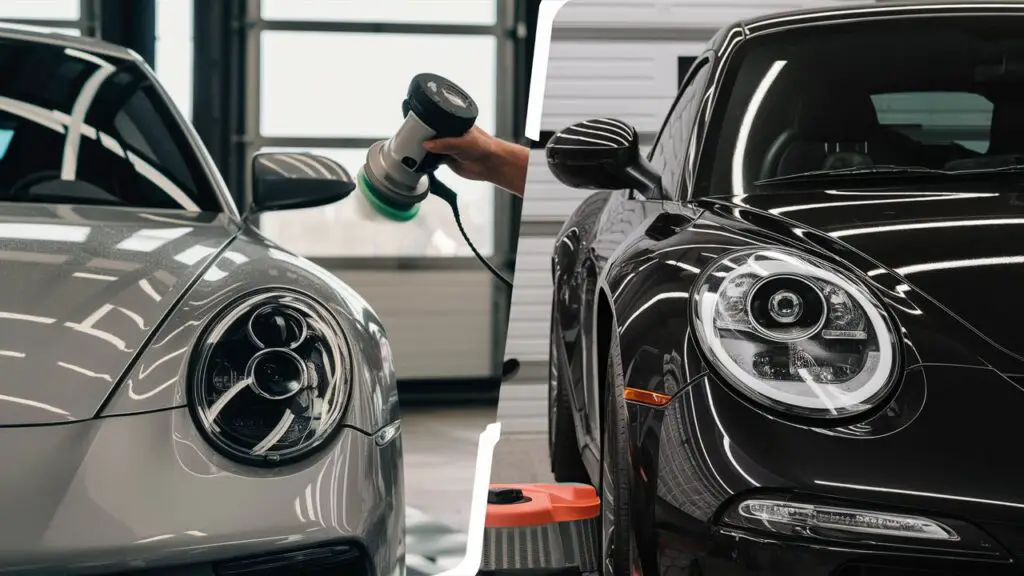
Conclusion
These nine tools are staples in the arsenal of any experienced car detailer. They signify the difference between a basic cleaning job and a professional-level detail that can restore a vehicle to showroom condition. Understanding and utilizing these tools can dramatically elevate the quality of your detailing work, ensuring satisfaction for both the detailer and the client. As with any craft, the right tools are key to achieving masterful results, and in car detailing, these tools make all the difference.
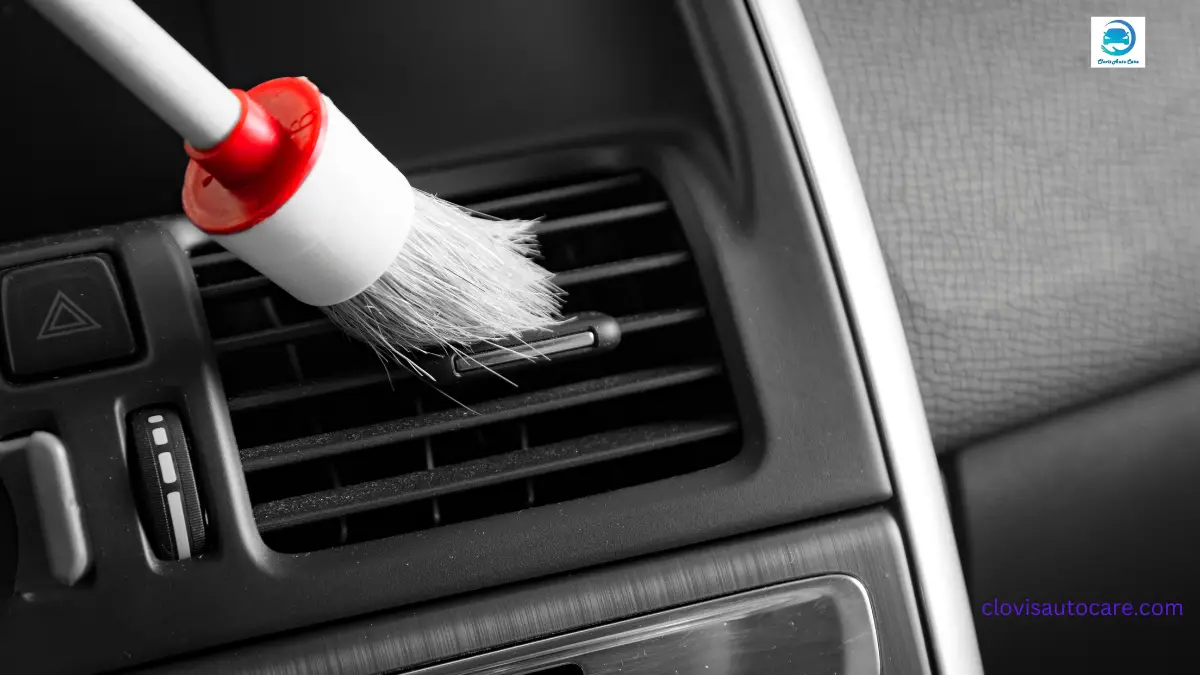

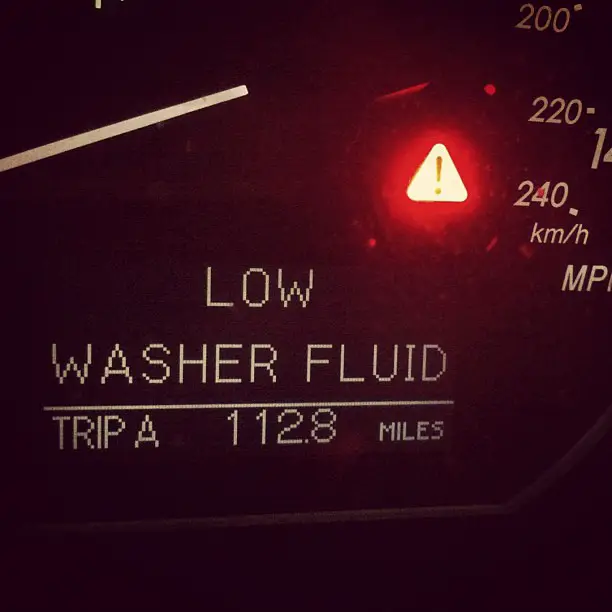
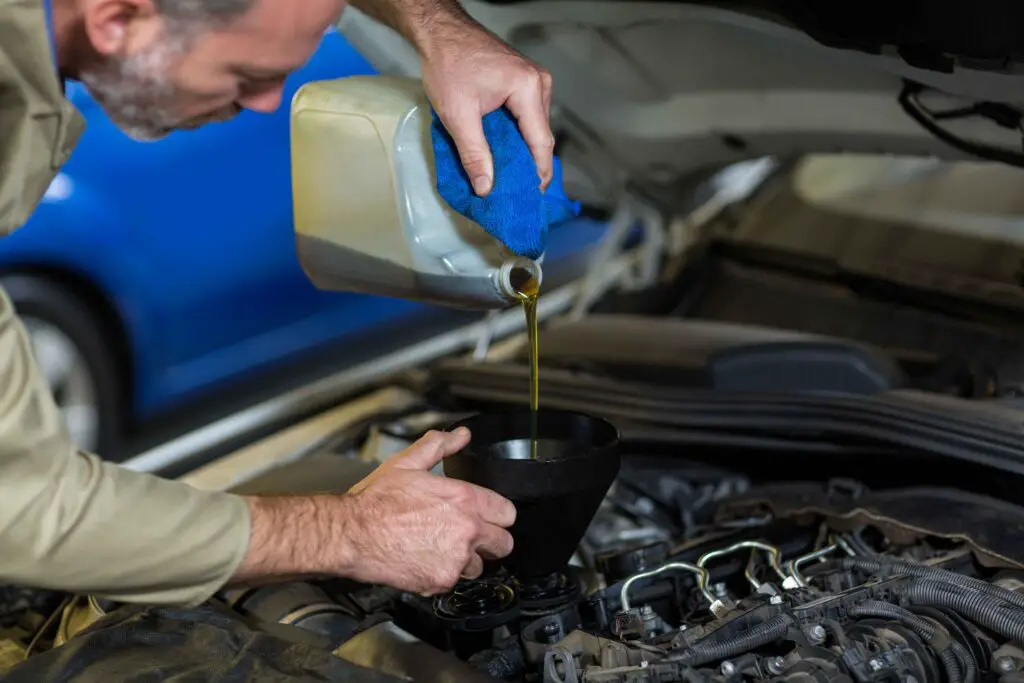
Leave a Reply